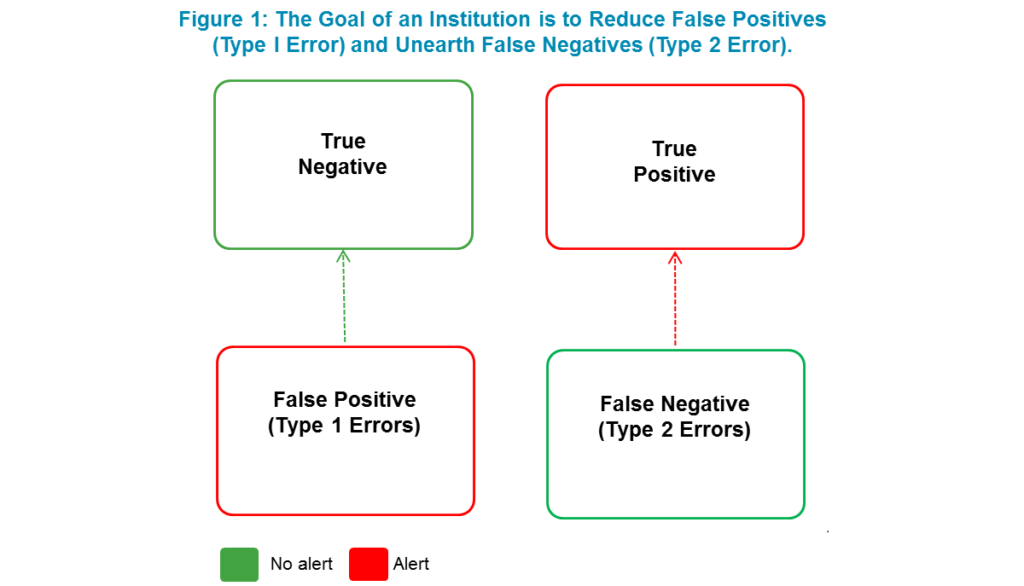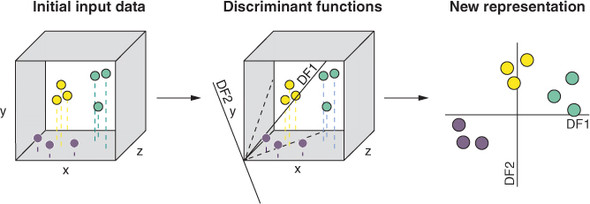Machine learning has become one of the most popular fields in computer science today, and for good reason. By using complex algorithms and statistical models, machines can learn from data and make predictions, decisions, and recommendations based on that learning. The applications of machine learning are vast and varied, from improving healthcare to optimizing financial investments. But what are the specific problems that machine learning can solve? And how can it benefit different industries and sectors?
The truth is, machine learning has the potential to solve a wide range of problems. It can help businesses improve their operations and increase profitability by identifying patterns and trends in customer data, predicting demand for products and services, and optimizing supply chains. It can also help healthcare providers make more accurate diagnoses, develop personalized treatment plans, and improve patient outcomes. In addition, machine learning can be used to detect fraud, prevent cyber attacks, and even predict natural disasters. In this article, we will explore the various problems that machine learning can solve and examine how it is transforming different industries in profound ways.

What Problems Can Machine Learning Solve?
Machine learning is an application of artificial intelligence that provides systems with the ability to automatically learn and improve from experience without being explicitly programmed. It focuses on the development of computer programs that can access data and use it to learn for themselves. Machine learning has been successfully used to solve a wide range of problems in the world, from detecting medical issues to predicting customer behaviour.
Detecting Medical Issues
Machine learning can be used to detect medical issues through the analysis of medical scans and images. The technology can be used to detect and diagnose diseases such as cancer and other conditions, as well as to identify potential problems and suggest treatments. Machine learning algorithms can also be used to analyze and interpret medical test results, helping medical professionals make faster and more accurate diagnoses.
In addition, machine learning algorithms can be used to improve the accuracy and speed of medical decision-making. The technology can be used to detect patterns in medical data that can be used to predict future outcomes, such as the effectiveness of a certain treatment. This can help medical professionals make faster and more informed decisions, leading to improved patient care.
Improving Customer Service
Machine learning can be used to improve customer service by automatically analyzing customer data and detecting patterns. The technology can be used to detect customer preferences or behaviors that can be used to suggest products or services to customers. It can also be used to identify customer needs and provide personalized services to each customer. This can help companies improve customer satisfaction and loyalty.
In addition, machine learning can be used to automate customer service tasks. The technology can be used to analyze customer data and detect common issues and problems, allowing customer service representatives to provide faster and more accurate solutions. This can help customer service teams provide better customer support and improve customer satisfaction.
Improving Logistics
Machine learning can also be used to improve logistics and supply chain management. The technology can be used to detect patterns in supply chain data and predict future needs, allowing companies to better manage their inventory and optimize their supply chain. This can reduce costs and increase efficiency, leading to improved customer service and better overall business performance.
In addition, machine learning can be used to automate tasks such as route optimization, inventory management, and forecasting. This can help companies reduce costs and improve customer service, leading to more efficient and effective operations.
Predicting Financial Markets
Machine learning can be used to predict financial markets by analyzing market data and detecting patterns. The technology can be used to identify potential opportunities and risks, as well as to forecast future market trends. This can help investors make better informed decisions and improve their investment performance.
In addition, machine learning can be used to automate trading tasks. The technology can be used to detect patterns in financial data and generate trading signals that can be used to automatically execute trades. This can help investors reduce their trading costs and increase their trading performance.
Improving Automation
Machine learning can be used to improve automation tasks such as controlling robots or self-driving cars. The technology can be used to detect patterns in data and generate automated responses, allowing machines to make decisions on their own. This can help companies reduce costs and increase efficiency, leading to improved customer service and better overall business performance.
In addition, machine learning can be used to automate routine tasks such as data entry and data analysis. This can help companies reduce costs and improve productivity, leading to improved customer service and better overall business performance.
Frequently Asked Questions
Machine Learning (ML) is an artificial intelligence technique that enables computers to learn from data and experience, allowing them to improve their performance on a given task over time.
What problems can machine learning solve?
Machine learning can be used to solve a variety of problems, from predicting customer churn to fraud detection to understanding natural language. For example, ML can be used to analyze large datasets to identify patterns and correlations that can be used to make predictions and decisions. Additionally, ML can be used in a variety of areas such as robotics, healthcare, finance, and transportation. For example, ML can be used to detect and diagnose diseases, automate the trading of financial instruments, and optimize traffic flow in cities.
In addition, ML can be used to automate various processes, including those that involve large datasets. For example, ML can be used to automate the process of cleaning and pre-processing data, which can make data analysis faster and more accurate. Additionally, ML can be used to automate the process of making predictions and decisions, which can make decision-making faster and more accurate. Finally, ML can be used to automate the process of analyzing and interpreting data, which can make data analysis more efficient and accurate.

Machine Learning: Solving Problems Big, Small, and Prickly
In conclusion, the potential of machine learning is vast and varied. From the development of autonomous vehicles to the detection of cancerous cells, this technology has the capacity to solve an array of problems in various industries. The ability to process vast amounts of data and learn from it has revolutionized the way we approach complex challenges.
However, it is important to note that machine learning is not a panacea. It is a tool that must be used in conjunction with human expertise and ethical considerations. As we continue to explore the possibilities of this technology, it is crucial that we remain mindful of its limitations and strive to use it in ways that benefit society as a whole. Ultimately, the potential of machine learning to solve problems is only limited by our imagination and our willingness to approach it with a responsible and collaborative mindset.



